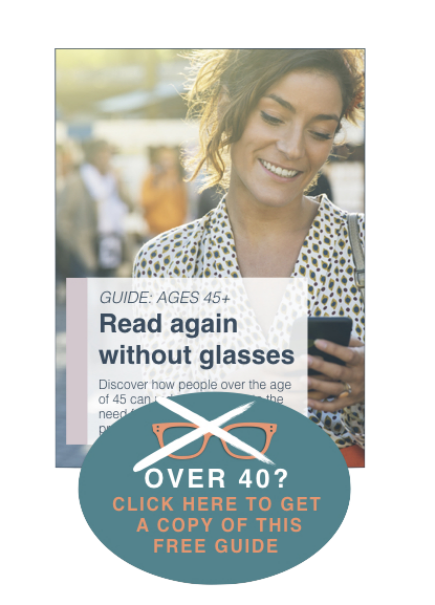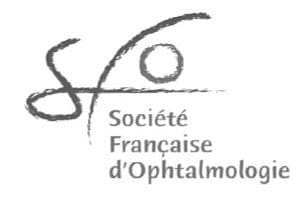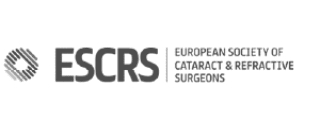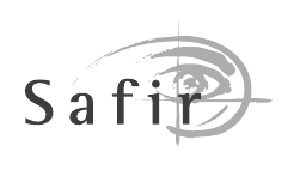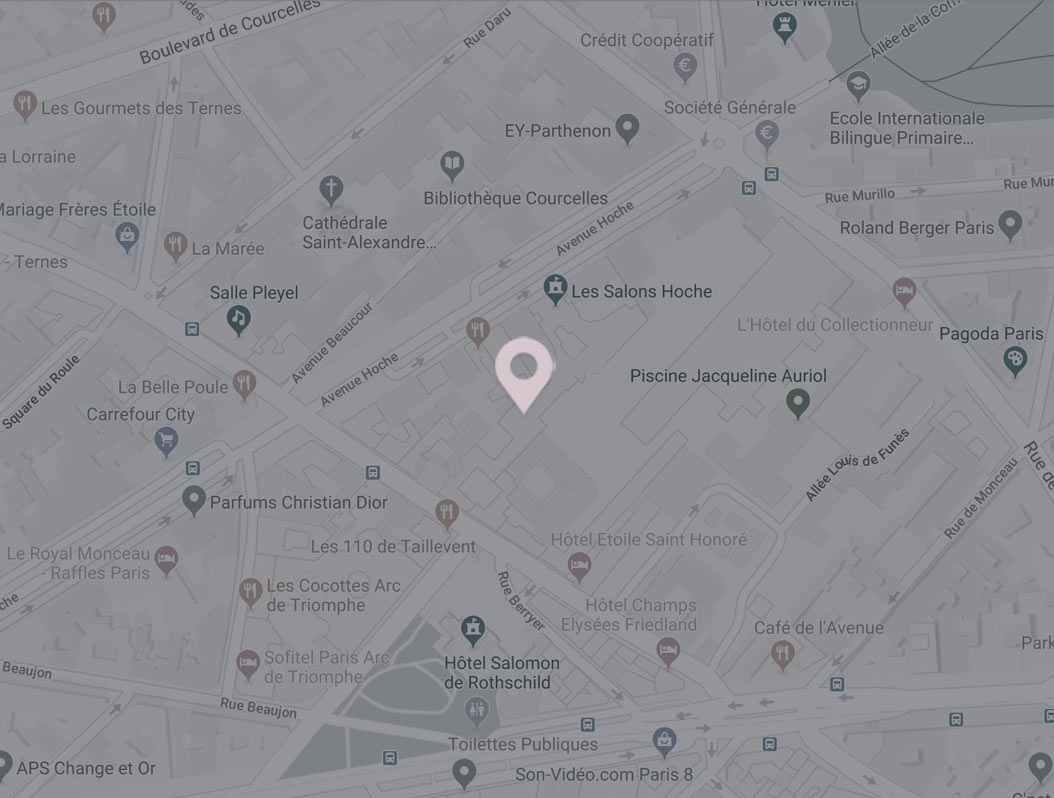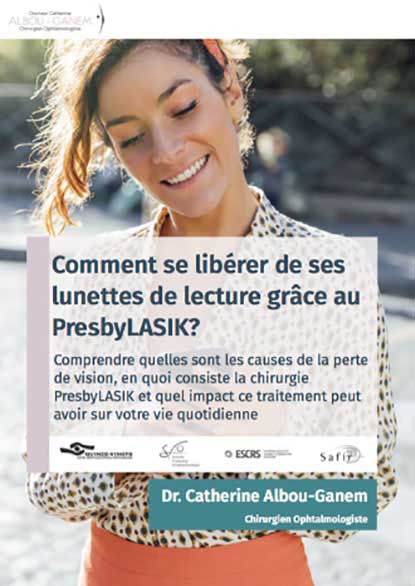Long-sightedness
We can treat the inability to see closer objects that are out of focus and blurred
An introduction to long-sightedness (hyperopia)
The hyperopic[footnote]The medical term for long-sightedness is hyperopia. A hyperopic person is said to be a hyperope. In North America, the term used is farsightedness[/footnote] eye is too short. Sometimes the cornea is too flat. It is not convergent enough and the image projects behind the retina, regardless of its distance.
Unlike the myopic eye, the hyperopic eye does not clearly distinguish between close objects. People with hyperopia are abnormally embarrassed to read, while people with myopia see poorly from a distance. However, when the hyperopia is medium or strong the patient is also embarrassed in lacking distance vision.
Emmetropia, ametropia, refraction, presbyopia
The emmetropic[footnote]normal[/footnote] eye has normal vision without optical correction. It is an eye whose anatomical qualities allow the image of a fixed object to form directly on the retina. Only 14% of the French are emmetropic.
An eye whose anatomical qualities are non-compliant is called ametropic[footnote]having a refractive error[/footnote]. The image of an object does not form on the retina.
The different ametropia are myopia, hyperopia or astigmatism. Their importance is determined by the refractive power of the eye. That is, the nature and power of the optical correction that allows the image of an object to form on the retina of an ametropic eye. The analysis of your vision, measured in tenths, and your optical correction measured in diopters, negative for myopic ametropia and positive for hypermetropic ametropia, is called refraction.
Presbyopia is the natural ageing of the eye’s internal lens.
Long-sightedness (hyperopia) symptoms and lifestyle impacts
In clinical practice, the young hyperopic patient continually solicits their accommodation to bring an image back to the retina and visual discomfort only appears when the amplitude of accommodation decreases. Hyperopia affects 14% of the French population
BEFORE AND AFTER


Long-sightedness (hyperopia) examination at Clinique de la Vision
A preoperative assessment is essential in refractive surgery. It allows your surgeon to choose the most appropriate surgical technique for you (which may be PKR, LASIK, PRESBYLASIK or implants) and to check the absence of contraindications.
Indeed, even if refractive surgery corrects visual defects (myopia, hyperopia, astigmatism and presbyopia), compliance with the contraindications avoids post-operative complications.
The quality of the preoperative indication determines the quality of the result. This consultation also helps to answer the patient’s questions.
At Clinique de la Vision, for example, a preoperative consultation includes:
- Measurement of ametropia (visual defect) to be corrected by refraction analysis
- The verification of the “dominant” eye (or “director”) essential when correcting symptoms of presbyopia
- The complete ophthalmic assessment with measurement of the intraocular pressure, examination of the fundus and especially the analysis of the transparency of the lens
- The analysis of corneal morphology (curvature, shape, thickness), thanks to corneal topography, eliminates the contraindications to laser surgery and choosing the most appropriate surgical technique for the patient
- Aberrometric examination analysis of the optical quality of the eye
- We perform a calculation if we’re considering lens surgery
- Other explorations can be done depending on the context.
It is only at the end of this assessment that a surgeon can make a recommendation. They then choose the most suitable refractive surgery technique for you.
Finally, the surgeon will clearly explain the advantages, the possible undesirable effects and the expected results of their recommended procedure.
Long-sightedness (hyperopia) treatment at Clinique de la Vision
FEATURED VIDEO
What is the difference between presbyopia and hyperopia and can I have both?
Hyperopia is due to a defect in the eye that is too small. Patients will be embarrassed to see from far and near. In addition, at the age of 40, presbyopia is added to this first vision defect.
TÉMOIGNAGES

“Le jour de l’intervention, je n’ai ressenti aucune gêne et aucune douleur. Après 2 h de repos j’ai pu reprendre mes activités tout à fait normalement. Deux jour après l’intervention il ne subsiste aucune gêne. Je tenais également à insister sur le fait que, contrairement aux idées reçues, ce n’est pas une intervention réservée aux personnes jeunes. J’ai 59 ans et c’est une totale réussite.”

“Le Docteur Albou-Ganem m’a opérée de la presbytie il y a un an, et je suis très heureuse du résultat, plus besoin de lunettes pour lire, même ma vue de loin est bonne. C’est un vrai soulagement pour moi, car j’ai hésité pendant un moment avant de sauter le pas, difficile de prendre une telle décision.”
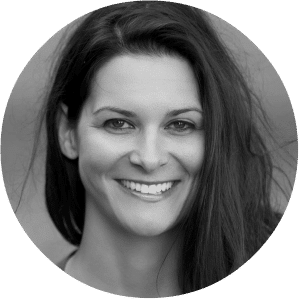
“Après une opération rapide et sans douleur j’ai quasiment immédiatement remarqué une nette amélioration de ma vue de près et de loin. Au fil des semaines cela n’a fait que se confirmer et je n’ai jamais reporté mes lunettes depuis! Je ressens une telle liberté dans ma vie de tous les jours ainsi qu’une impression d’avoir rajeuni que je recommande à toute personne de le faire sans hésitation si cela leur est possible!”

“Docteur Catherine Albou-Ganem l’a immédiatement dissipée. Contact et confiance se sont installés immédiatement. Ses explications ont été claires, précises et je peux dire que le Jour J de l’opération, j’y suis allé les yeux fermés! Pour les rouvrir quelques heures plus tard avec la vue parfaite d’un homme de 30 ans!”

“L’opération a été un franc succès. J’ai maintenant 10/10e, sachant qu’auparavant j’avais une assez forte myopie (-5 et et -4,5) et un léger astigmatisme.”
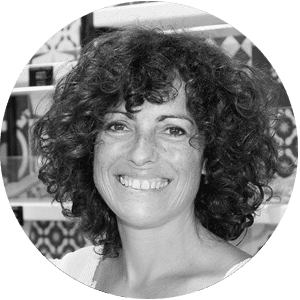
“Vous m’avez opérée il y a maintenant plus de deux ans. A part pour conduire et regarder la télévision, et encore… je n’ai plus besoin de lunettes, moi qui n’ai jamais rien vu… Il m’a fallu plusieurs mois pour que ma vue s’adapte. Je tenais donc à vous remercier de cette opération qui a changé ma vie! Plus d’ulcères douloureux dus aux lentilles et la possibilité d’ouvrir les yeux sous l’eau et d’admirer les jolis poissons!”
We have replaced the images of real patients who provided these testimonials to protect their privacy.
AFFILIATIONS & MEMBERSHIPS
We are pleased to be associated with the following organisations
About the author
Doctor Catherine Albou-Ganem
Consultant Ophthalmic Surgeon
I am Catherine Albou-Ganem and I am an ophthalmic surgeon brought up in a family of ophthalmologists. I had a passion for ‘the eye’ and ‘the vision’ from my childhood. This was the subject of my first presentation at school.
Today, I share my refractive surgery activity between the hospital and the private sector.
I am proud to have contributed to the development of new laser refractive surgery techniques that can correct vision defects with accurate, effective and safe results when respecting the indications.
 Skip to content
Skip to content


